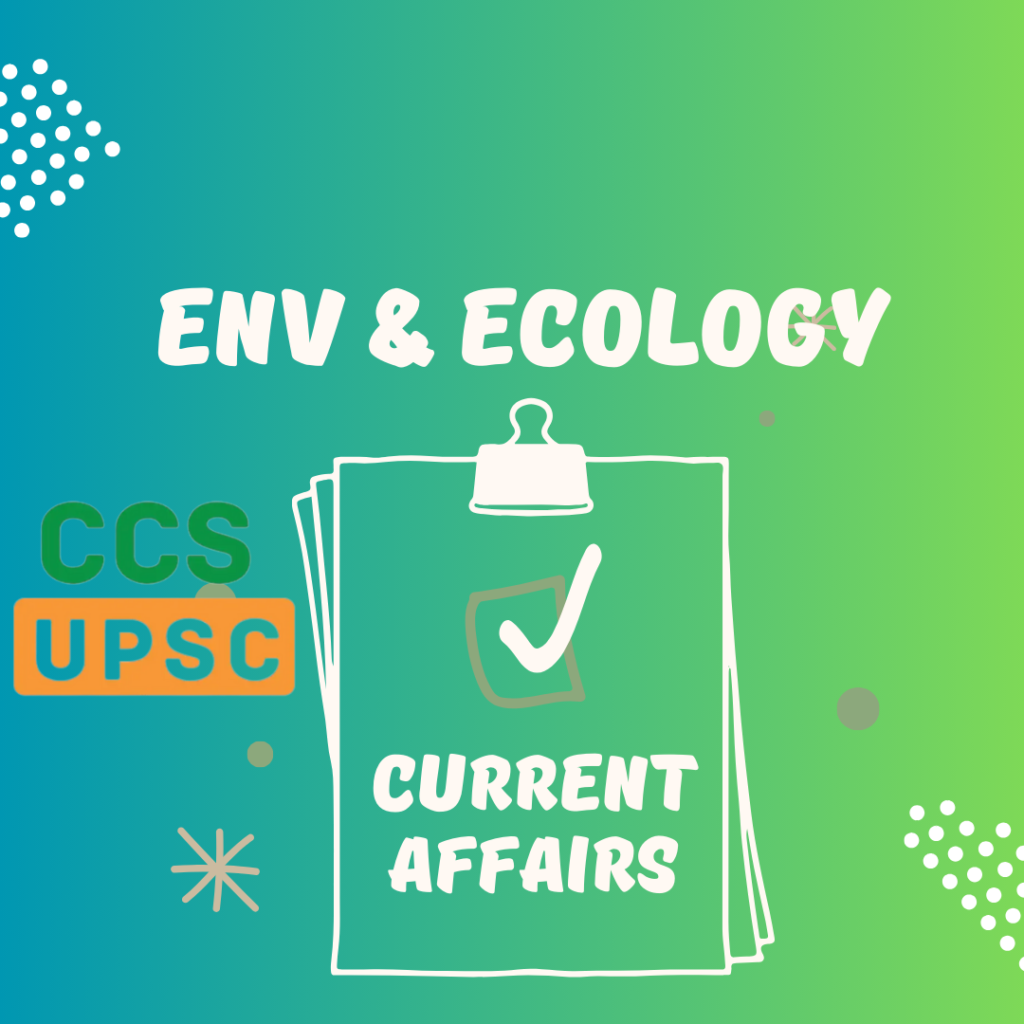Context:
∙ Scientists have mapped the largest deep-sea coral reef off the US Atlantic coast.
∙ The Great Barrier Reef in Australia is the biggest tropical coral reef system in the world.
More about the News
∙ The reef was found at depths ranging from 200 metres to 1,000 metres where sunlight doesn’t penetrate.
∙ It uses new underwater mapping technology that makes it possible to construct 3D images of the ocean floor.
Species for Deep Sea Corals
∙ There are only six species that create reefs.
∙ The most common of these is Lophelia pertusa, which forms massive reefs throughout the Atlantic Ocean, including the Gulf of Mexico and the South Atlantic Bight.
In Comparison to Shallow-water Corals
∙ Deep reefs cover more of the ocean floor than tropical and shallow-water reefs.
∙ The world’s largest tropical coral reef system, the Great Barrier Reef in Australia, stretches for about 2,301 kilometres.
∙ The deep-sea corals need to rely on alternative sources of food to obtain their nutrition, either by feeding on organic material falling from the surface or by feeding on small plankton. They lack algae, because algae cannot survive where there is no light. These are bright white in colour.
∙ Shallow-water corals rely on photosynthetic algae that live within the corals and provide their hosts with nutrition. These are brown and green in colour.
Coral Reefs
∙ A coral reef is an underwater ecosystem characterized by reef-building corals. Reefs are formed of colonies of coral polyps held together by calcium carbonate.
∙ Corals share a symbiotic relationship with single-celled algae called zooxanthellae. The zooxanthellae also give corals their bright colour. The algae provides the coral with food and nutrients, which they make through photosynthesis, using the sun’s light. Algae provides up to 90 per cent of the coral’s energy. In turn, the corals give the algae a home and key nutrients.
∙ They provide habitat for sharks, swordfish, sea stars, octopus, shrimp and many other kinds of fish.
Conditions favourable to Corals
∙ Temperature: The temperature of the water should not be below 20°C. The most favourable temperature for the growth of the coral reefs is between 23°C to 25°C.
∙ The temperature should not exceed 35°C.
∙ Salinity: Corals can survive only under saline conditions with an average salinity between 27% to 40%.
∙ Shallow Water: Coral reefs grow better in shallow water having a depth less than 50 m. The depth of the water should not exceed 200m.
Significance
∙ Ecosystem value: Coral Reefs provide an important ecosystem for life underwater, protect coastal areas by reducing the power of waves hitting the coast, and provide a crucial source of income for millions of people.
∙ The pristine and oldest ecosystem of corals share less than 1% of the earth’s surface but they provide a home to nearly 25% of marine life.
∙ Thousands of species can be found living on one reef.
∙ Economy: Coral reefs have an estimated global value of £6 trillion each year, due in part to their contribution to the fishing and tourism industries and the coastal protection they provide.
∙ More than 500 million people worldwide depend on reefs for food, jobs and coastal defence.
ο Protection from Storm: Coral reefs also provide protection from storm waves.
ο Medicinal value: Extracts from animals and plants living on reefs have been used to develop treatments for asthma, arthritis, cancer and heart disease.
Threats
∙ These habitats are susceptible to similar risks, including climate change and disturbance from oil and gas drilling. These include:
∙ Damage from drilling muds and oil spills: Deep-sea corals are often found in areas of oil and gas operations, so there is potential for damage from drilling muds and oil spills. It may permanently remove large areas of deep-sea coral habitat.
∙ Impacts of Climate Change: The increasing temperatures may shift species’ distributions and increasing acidity may weaken coral skeletons, particularly in deeper waters.
∙ Human-caused,or anthropogenic activities: Pollution, overfishing, destructive fishing practices using dynamite or cyanide, collecting live corals for the aquarium market, mining coral for building materials, and a warming climate are some of the many ways that people damage reefs all around the world every day.
∙ Deep Sea Mining: It may destroy deep sea habitats, eradicate rare and unique species, and introduce sediment clouds, noise, toxic chemicals, vibration and other forms of pollution into deep sea.
∙ It is still an experimental field to harness the polymetallic nodules (PMNs) such as copper, nickel and cobalt, used for the production of technologies like wind turbines and hybrid cars.
Way Forward
∙ It is a crucial task due to their importance in maintaining marine biodiversity and providing economic, social, recreational, and cultural benefits.
∙ These include use of advanced science to manage ecosystem services in marine and coastal areas, identifying and protecting marine ecosystems, mapping and monitoring with advanced scientific tools like 3D mapping to help protect deep-sea coral reefs.


